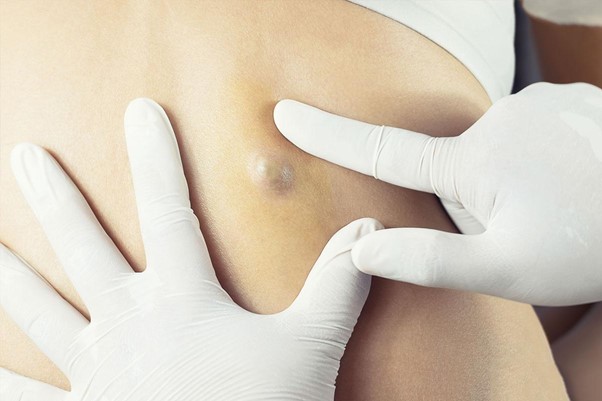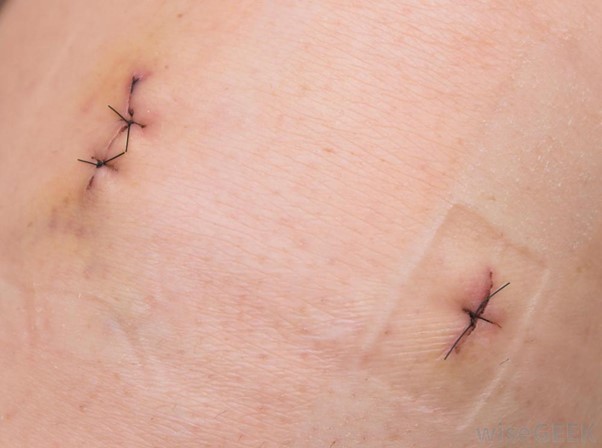
Guide to Cyst Removal Surgery and Treatment
A cyst is an abnormal pocket of tissue that can form in different parts of the body. Cysts can be painful, irritating, and even embarrassing but thankfully, treatment is available.
Following are a few things you need to know about cyst removal surgery and treatment from a plastic surgeon.
Cyst Removal Surgery: Everything You Need To Know
Different Types Of Cysts
There are many different types of cysts, including sebaceous, breast, ganglion, epidermoid and pilar cysts.
Depending on the type of cyst and its location, the surgical procedure for removal may vary.
It’s important to get an accurate diagnosis from your doctor so that you can make sure you get the appropriate treatment plan for your condition.
Accurate Diagnosis
During your consultation with a plastic surgeon, they will ask about your medical history and examine the cyst to determine its size and shape as well as the underlying cause.
Your doctor may also order imaging tests such as CT scans or MRI scans to get a better understanding of the problem before recommending any treatments.
Surgical Removal
If the cyst is large or causing pain or discomfort then it may need to be surgically removed through a procedure known as an excisional biopsy.
The cyst removal Singapore surgery typically requires local anesthesia and involves removing all visible parts of the cyst along with some surrounding tissue to ensure that it has been completely removed from its roots.
Recovery Time
Recovery time after surgery depends on several factors including how large or deep the cyst was and whether or not any additional treatments were needed during or after surgery such as antibiotics for infection control or drainage tubes for fluid buildup around the wound site.
Generally speaking though, healing usually takes around two weeks though complete recovery could take four weeks or more depending on how quickly your body heals itself after surgery.
Post-Surgery Care
After having a cyst removed it’s important to take good care of yourself during recovery to promote healing and reduce scarring from developing at the site where the incision was made.
This includes keeping stitches clean, taking medications prescribed by your doctor if needed, and avoiding strenuous activities that could disrupt the healing process.

In some cases, doctors may recommend follow-up visits such as physical therapy sessions to help speed up recovery time.
Scarring Prevention
After any kind of skin surgery, there’s always a risk that scars will develop at the site where incisions have been made but these can often be prevented with proper post-surgery care measures such as using silicone gel sheets which have been proven effective at reducing the visibility of scars over time.
Also if you are prone to scarring due to genetics then it might be worth asking your doctor about options like laser resurfacing treatments which can help reduce scarring from developing in some cases.
Non-Surgical Treatments
In some cases, non-surgical treatments such as steroid injections may be recommended by doctors if they think this will provide relief from symptoms caused by certain types of cysts without needing invasive surgery.
However, these kinds of treatments should only ever be discussed with qualified medical professionals due to possible side effects associated with them so make sure you talk through all options thoroughly before making any decisions regarding treatment plans.
Cost Of Treatment
The cost associated with treating different types of cysts varies depending on factors such as size, location, type, complexity, etc but generally speaking, costs range anywhere between $800 to $1500 + depending on what kind of treatment is required.
Make sure you ask about payment plans when discussing options with your doctor so that you don’t end up being surprised by unexpected costs later down line.
Follow-Up Appointments
It’s always advisable to arrange follow-up appointments with plastic surgeons once treatment has been completed to ensure everything looks ok, answer any questions patients might have had throughout their recovery period, and also check the progress made since the last appointment.

This ensures that any potential problems can be identified and addressed early on and helps keep track of overall health without having to wait until the next regular checkup scheduled a few months down line.
Resources Available
There are plenty of resources available online and offline providing information related to different types of surgeries related therapies available out there today.
So don’t feel overwhelmed when starting the research process just remember to stay open-minded and consult multiple sources before making the final decision regarding the treatment plan best suited to individual needs!
Conclusion
Cysts can be painful, irritating, and even embarrassing but thankfully there are various treatment options available depending on the severity and type of issue being treated ranging from non-invasive methods such as steroid injections right through invasive surgical procedures requiring hospitalization overnight stay afterward.
It’s important to seek advice from professional specialists to ensure the correct diagnosis is made and the most suitable course of action is taken depending on individual circumstances!
Ultimately key success lies within finding the right combination of helpful advice and solid research ensuring patients are informed at every step way!
Making sure all concerns are addressed early stage helps minimize risks associated with long-term complications and result in healthy outcome for everyone involved!


